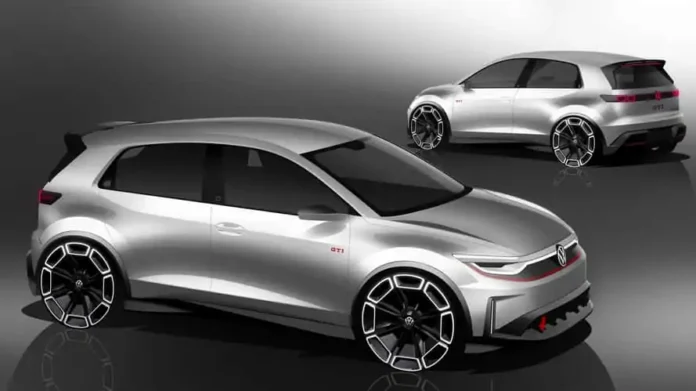Introduction: The Return of the GTI
It seems like just yesterday we celebrated the renaissance of rear-wheel drive (RWD) in mainstream cars, ushered in by the electric vehicle (EV) revolution. Traditional front-wheel drive (FWD) has long been viewed as a compromise, balancing cost and manufacturing needs. Yet, as we venture into 2025, automakers face the challenge of redefining performance and heritage.

Volkswagen’s Commitment to Front-Wheel Drive
Volkswagen is set to release the new all-electric Golf GTI, steadfastly choosing to maintain its FWD layout. VW CEO Thomas Schäfer emphasized that the GTI tradition will not be sacrificed for the latest trends. He affirmed, “we’ve got to be proud of the GTI of the future,” highlighting their dedication to delivering a performance vehicle that respects its roots.
Challenges and Innovations in Front-Wheel Drive
While many modern performance cars favor RWD, Volkswagen’s decision may appear puzzling. Historically, the shift to FWD was driven by packaging efficiency—allowing for better power distribution and space management. Nonetheless, FWD has frequently faced challenges like torque steer and understeer. In this new era, advancements in software and tuning could mitigate these issues, enabling the GTI to preserve its identity.
Ultimately, the electrification of the GTI doesn’t necessitate a complete redesign. Instead, it’s an opportunity to pay homage to its compelling heritage while utilizing cutting-edge technology. Volkswagen’s approach seems to be one of balance: ensuring that the new GTI retains its spirited driving experience while adapting to the evolving automotive landscape.



